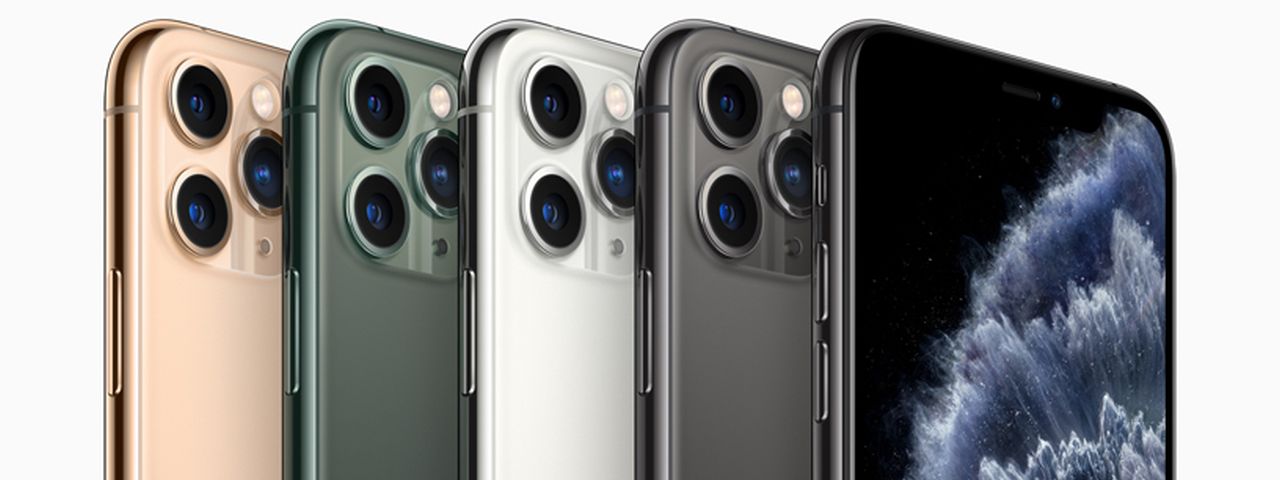DxOMark, one of the most renowned in terms of smartphone camera analysis, has been criticized on social networks by Apple fans who have not enjoyed one of the latest reviews on the page. The reason was the review of the iPhone 11 Pro Max; the most powerful version of the company’s current generation of phones, which would have been unfairly evaluated on the platform.
According to critics, DxOMark’s analysis was skewed and the overall score turned out to be too low – it averaged 117 points, 124 in photo and 102 in video. The model ranked third in the overall ranking of the site, tied with the Galaxy Note 10+ and losing by four points to rivals Huawei Mate 30 Pro and Xiaomi Mi Note 10 (or Mi CC9 Pro in China).
Thee main criticism comes from the fact that DxO Labs offers, alongside analytics, a consulting service for photography hardware manufacturers to help them improve their products. The company claims that the analyzes are independent, but the “low” grade of the new iPhone brought these questions again.
Critics include Stephen Warwick and Rene Ritchie, both from the iMore website.

They put in check the weight that should be given to DxOMark and considered the scale of the institute to be “arbitrary and mercurial” in nature.
“Although camera testing is subjective, DxOMark has also been criticized for the seemingly arbitrary and mercurial nature of its scale. So choose the numbers they offer if the iPhone is bigger or smaller on any Thursday with a grain of salt the size of a sack of money. We’re just covering it because so many others have somehow decided to cover it; but without the context needed to make an informed decision about how much weight to give them … if any. ”
Stephen Warwick and Rene Ritchie
iMore
Another noteworthy situation is a possible controversy about the company offering consulting and rating services to some of the manufacturers it analyzes; which could lead to a conflict of interest at the time of the assessment.
On the image processing side of things, the new Deep Fusion technology uses the chipset’s neural engine and advanced machine learning to perform pixel-by-pixel optimization for better textures, lower noise, and a wider dynamic range. Read our full review to find out how the new components play together. (You can find out more about some of the iPhone 11 Pro Max’s new imaging features; including the redesigned camera interface; seamless zooming in video, live bokeh, and HDR preview, in this previous article.)
Key camera specifications:
Triple-camera setup
Primary: 12Mp 1 / 2.55 ″ sensor, 26mm-equivalent f / 1.8-aperture lens, PDAF, OIS
Ultra-wide: 12Mp sensor, 13mm-equivalent f / 2.4-aperture lens
Tele: 12Mp 1 / 3.4 ″ sensor, 52mm-equivalent f / 2.0-aperture lens, PDAF, OIS
Quad-LED dual-tone flash
4K video, 2160p / 60fps (1080p / 30fps default)
Enthusiasm X
It is true that there were many rumors and on the day of the presentation there was a bit of old-fashioned enthusiasm all over the world, an anxiety to see what Apple was about to show.
The brand promised a birthday full of surprises; starting at the long-awaited Apple Park, which cost the modest $ 5 billion, to the Steve Jobs Theater; an amphitheater in tribute to Apple’s iconic and eternal CEO. Thus, from this year onwards, all events where the Cupertino company presents its technology to the world will take place in this magnificent amphitheater.
Is it paid or not?
The iMore site, for example, questions the iPhone 11 Pro Max note (“117 what? Well, nobody knows, but let’s go anyway …”) and accuses the company of not favoring Apple because the company doesn’t. pays for consulting services, as is standard in company policies. That way, she wouldn’t benefit from reviews.
In addition, the page points out that DxoMark “has been criticized for the seemingly arbitrary and volatile nature” of evaluations, taking some functions far more critically than others. One example is that the review praised backlash and exposure; but spoke badly of noise, zoom and bokeh, and rated video recording at standard quality (30 fps and 1080p resolution) rather than the maximum allowed (4K) .

